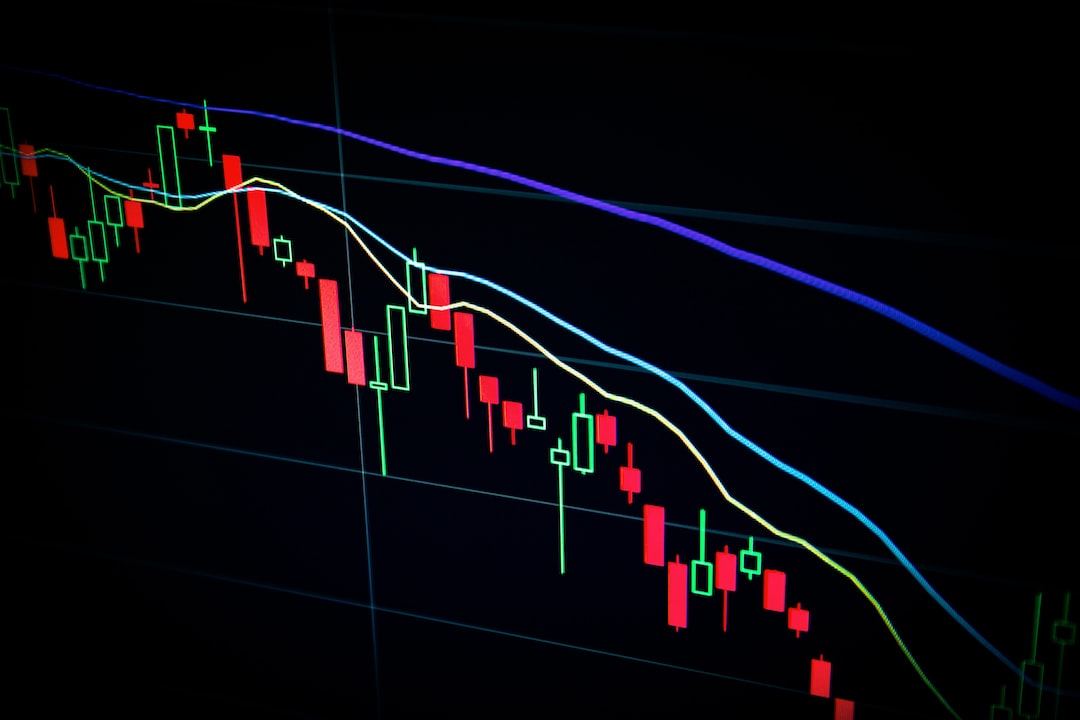Stablecoin Supply Stalls, But Why?
Notable crypto experts are suggesting that the supply of stablecoins has hit bottom and will only increase from here. This is a significant shift considering stablecoin holders have typically withdrawn their digital dollars from the market. However, recent trends indicate that stablecoin holders are actually increasing their holdings, which is seen as a positive sign for the crypto market.
Inflows Hint at Bullish Sentiment
The inflows of stablecoins are seen as a bullish omen, suggesting that more funds are ready to flow into cryptocurrencies like Bitcoin and altcoins. Circle’s USDC has seen a decline in its market cap, falling from around $56 billion to $24 billion, while Tether’s USDT has reached a new high of $85 billion. The growing dominance of USDT over USDC indicates a shift away from the United States in terms of market participation.
Stablecoins in the Primary Market
One possible reason for the increase in stablecoin supply is their use in the primary market. Many funding rounds for crypto projects and decentralized autonomous organizations (DAOs) are now being settled in stablecoins instead of traditional cross-border wires. This alternative method offers efficiency and flexibility for participants in these markets.
Transaction Volume as an Indicator
While stablecoin supply is an important metric, transaction volume provides further insights into how stablecoins shape the market. Garrett Jones, co-founder of Bluechip, a non-profit stablecoin ranking firm, emphasizes the need to analyze transaction volumes alongside supply. This comprehensive approach takes into account technological advancements and regulatory considerations.
Hot Take: Stablecoin Supply Alone Isn’t Everything
Although stablecoin supply is an important factor to consider, it shouldn’t be the sole determinant of market health. Transaction volumes, technological developments, and regulatory changes also play crucial roles in understanding the impact of stablecoins on the crypto market. Therefore, it is essential to take a nuanced approach and consider multiple indicators to make informed decisions.
“I believe that the supply of stables has bottomed and will be Up Only from here,” tweeted Nic Carter.
After dropping for most of 2023, the total supply of all stablecoins appears to have stalled. But why?
Instead of stablecoin holders pulling their digital dollars from the market (and redeeming real dollars), they’re doing the opposite.
“For the first time in two years, we are actually seeing inflows,” wrote Twitter personality Pentoshi.
This, as the crypto bulls would have you believe, is a good omen. It’s supposed to mean that more dry powder is getting ready to plow into Bitcoin or your favorite altcoin.
For example, Circle’s USDC continues to plummet from its high of some $56 billion to $24 billion today, while Tether’s USDT has just hit a new high in market cap, arriving at $85 billion this week.
USDC falling further and further behind USDT, by the way, is indicative of more of the market leaving the United States, Ethena Labs’ Ryder told Decrypt.
If it’s not to pump bags, why would the stablecoin supply be picking back up?
Those dollar coins “could be going into the primary market,” Balakrishnan said. “Many deals are settled in stablecoins now. A lot of stuff is happening in USDT and USDC these days.”
Basically, instead of funding rounds for smaller crypto projects and DAOs being done in cross-border wires, they’re now being done in stablecoins. It’s not quite the catalyst yet for the niche, but it offers an alternative to the Twitterati influencers pumping new hopium into the market.
Stablecoin supply isn’t the only metric one should look at either. The co-founder of Bluechip, a non-profit stablecoin ranking firm, Garrett Jones told Decrypt that we should look more closely at transaction volumes.
“Stablecoin supply can only tell us so much,” he told Decrypt. “When technology can change so quickly—not to mention the views of regulators—we really need to look at transaction volume to make sense of how much stablecoins are shaping the market.”
Ultimately, it’s a nuanced metric for determining the market’s health. Or at least one that you shouldn’t bet the house on.
Hot Take: Stablecoin Supply Alone Isn’t Everything
Although stablecoin supply is an important factor to consider, it shouldn’t be the sole determinant of market health. Transaction volumes, technological developments, and regulatory changes also play crucial roles in understanding the impact of stablecoins on the crypto market. Therefore, it is essential to take a nuanced approach and consider multiple indicators to make informed decisions.





 By
By

 By
By


 By
By